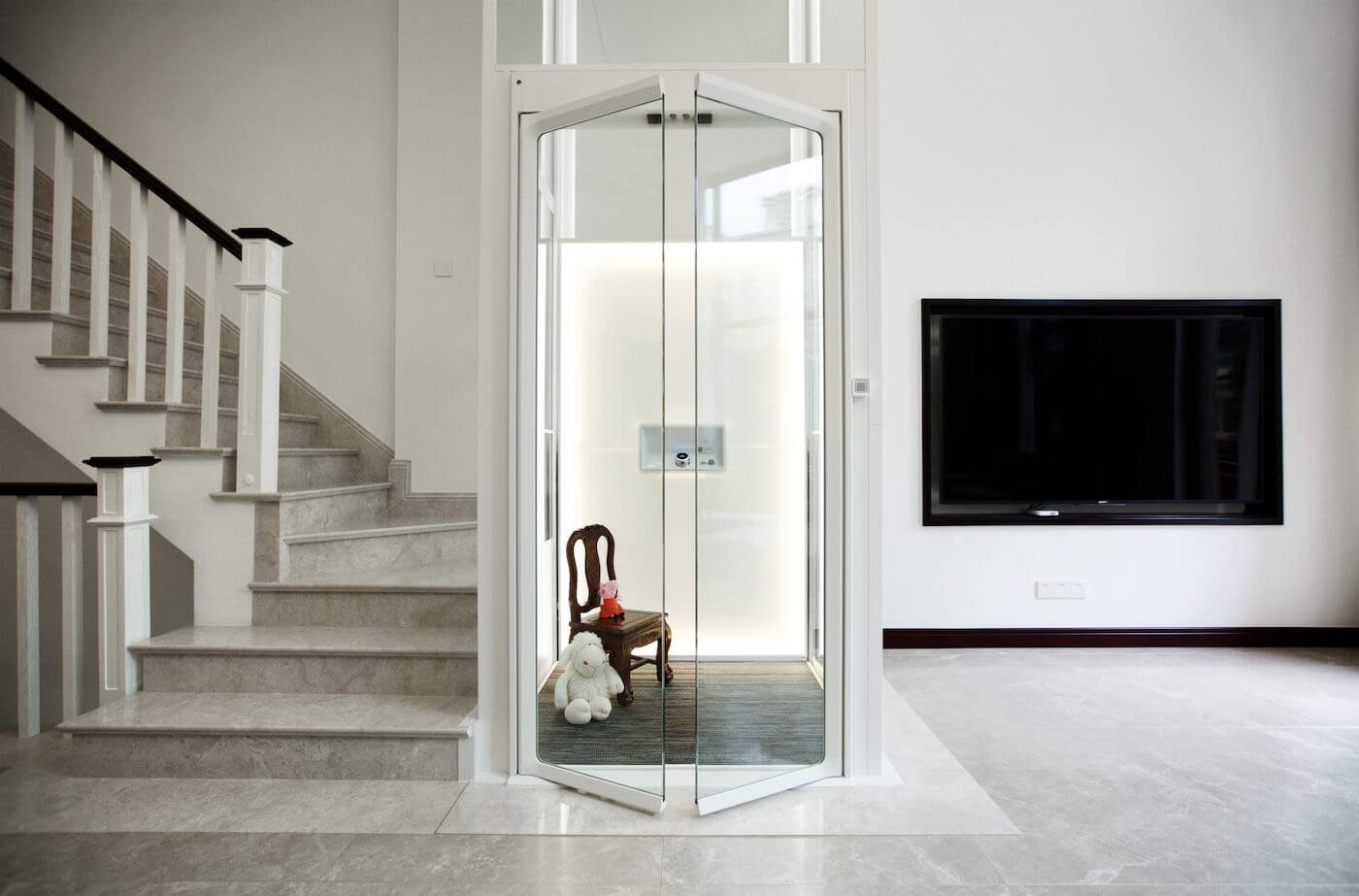Digging Into the World of Lifts: Typical Problems Faced by Numerous Lift Systems
As we navigate through the upright transport systems of modern structures, elevators stand out as an indispensable part of our day-to-days live. However, behind their smooth operation exists a world of intricate systems that can in some cases encounter obstacles. From hydraulic elevators to grip systems and machine-room-less styles, each lift kind includes its collection of typical concerns. Recognizing these difficulties is crucial for making certain the smooth functioning of these essential systems. Let's discover the complexities that underlie the procedure of elevators and the possible issues that can develop, clarifying the complex internet of lift mechanisms.
Hydraulic Lifts
Hydraulic lifts, frequently chosen for low-rise structures, utilize fluid pressure to manage the activity of the lift automobile (lift repair companies). This device includes a hydraulic pump pushing oil right into a cyndrical tube, causing the elevator to move in the preferred instructions. While hydraulic lifts are known for their smooth and peaceful procedure, they do come with their own set of typical problems
One common issue with hydraulic elevators is oil leakage. Furthermore, issues with the control system, such as defective valves or a malfunctioning pump, can trigger interruptions in the elevator's movement.
Regular maintenance and punctual fixings are vital to ensure the smooth functioning of hydraulic elevators. By resolving these usual problems proactively, building owners can minimize downtime and make certain the safety and efficiency of their vertical transport system.
Grip Elevators
When considering vertical transport systems in buildings, another usual kind aside from hydraulic lifts is the grip elevator. Grip lifts operate using a system of ropes and weights that move the elevator car by clutching onto the hoist ropes. This system permits smoother and much faster vertical transportation contrasted to hydraulic systems.
One of the usual problems faced by grip elevators is rope wear. The consistent movement of the ropes within the traction system can cause damage gradually, potentially creating the elevator to breakdown or become risky for use. Normal evaluations and upkeep of the ropes are vital to ensure the lift's correct functioning and safety and security.
One more concern that traction lifts may come across is associated with the control system. Troubles with the control system can result in concerns such as erratic activity, delays in action times, and even complete closures. Normal testing and upkeep of the control system are essential to protect against such issues and make sure the lift's reliability.
Machine-Room-Less (MRL) Lifts

Among the essential components of MRL lifts is the small gearless traction device that is installed within the hoistway. This machine successfully drives the lift automobile without the need for cumbersome devices found in traditional traction lifts. Furthermore, MRL lifts normally utilize a weight system to stabilize the vehicle, more improving their energy performance.
Regardless of their advantages, MRL lifts might face challenges connected to repair and maintenance because of the constrained space for devices lift repair near me installment. Ease of access for servicing elements within the shaft can be restricted, requiring specialized training for professionals. Proper maintenance timetables and normal evaluations are vital to ensure the continued smooth operation of MRL lifts.
Overloading and Weight Restriction Issues
Are elevators geared up to manage excess weight lots efficiently and safely? Overloading and weight limitation problems are essential concerns in elevator operations. Elevator makers style raises with details weight abilities to ensure passenger safety and security and equipment longevity. Exceeding these weight limits can result in various troubles, consisting of mechanical failings, hold-ups, and security dangers.
When elevators are overloaded, it puts extreme pressure on the electric motor, cords, and other components, possibly creating malfunctions or break downs. Safety and security mechanisms such we maintain lifts as sensing units and overload sensors remain in place to stop lifts from moving if they spot excess weight. In addition, surpassing weight limits can bring about boosted energy intake and deterioration on the lift system.
To alleviate overwhelming issues, constructing managers need to prominently display weight limitations in elevators and enlighten residents on the relevance of adhering to these constraints - lift repair companies. Routine upkeep checks by qualified technicians can likewise aid make sure that lifts are operating within secure weight specifications. By resolving overloading and weight limitation concerns proactively, building proprietors can improve lift safety and efficiency
Electric System Failings
Surpassing weight limits in elevators can not only lead to mechanical problems yet additionally potentially add to electric system failures within the lift facilities. Electric system failings are an important concern in elevator operation, as they can cause unforeseen closures, breakdowns, or perhaps security dangers. One usual electrical problem is the getting too hot of parts due to extreme present circulation caused by overloading the elevator beyond its ability. This can bring about damage to the electrical wiring, control, or electric motor systems, causing expensive fixings and downtime.
Routine upkeep and assessments are essential to recognize and attend to possible electrical issues without delay, ensuring the risk-free and efficient procedure of elevator systems. By sticking to weight limitations and performing routine electric system checks, building proprietors can mitigate the danger of electrical failings in elevators.
Verdict

Hydraulic elevators, often favored for low-rise buildings, utilize fluid stress to control the activity lift repair near me of the elevator car.When taking into consideration vertical transport systems in buildings, an additional typical kind aside from hydraulic lifts is the traction lift. Traction lifts run making use of a system of ropes and weights that move the elevator vehicle by clutching onto the hoist ropes. Unlike conventional lifts that require a different machine space to house the equipment, MRL elevators incorporate most of the elements within the shaft, removing the need for a committed device space.In conclusion, elevators encounter common problems such as hydraulic breakdowns, traction system failures, and electrical system problems.